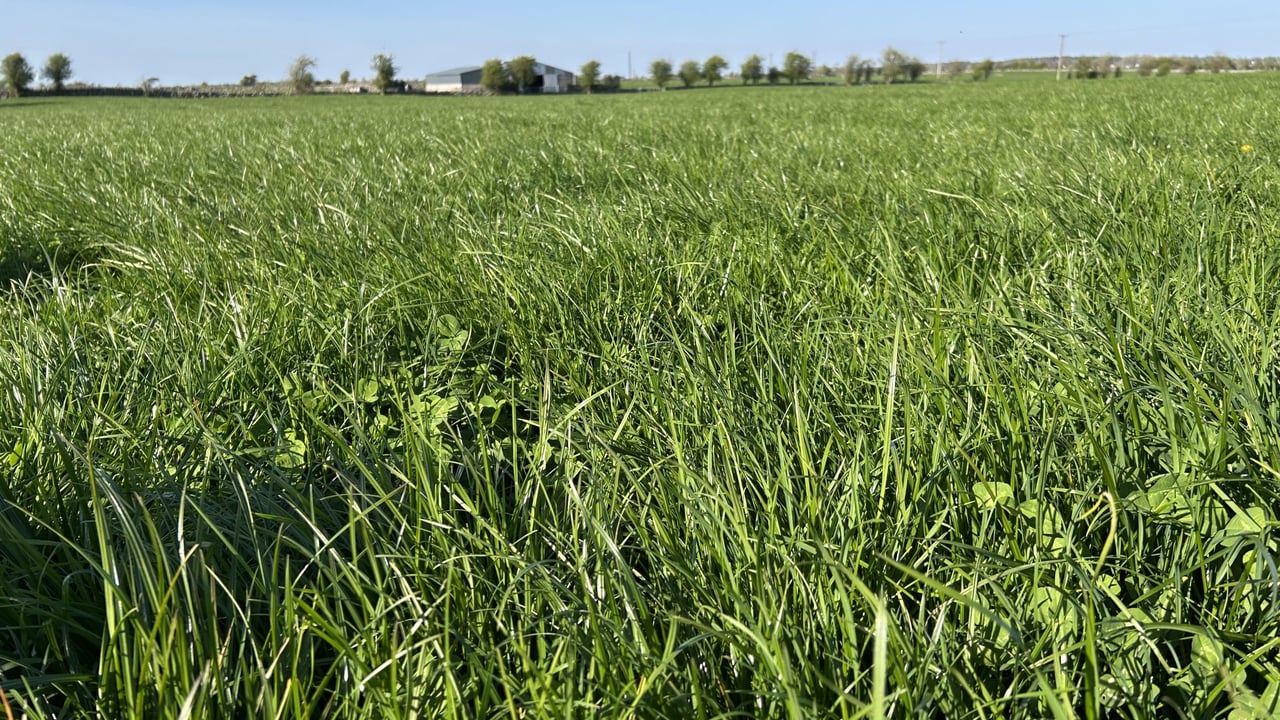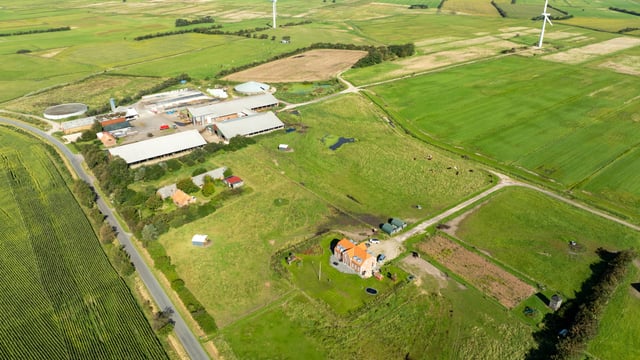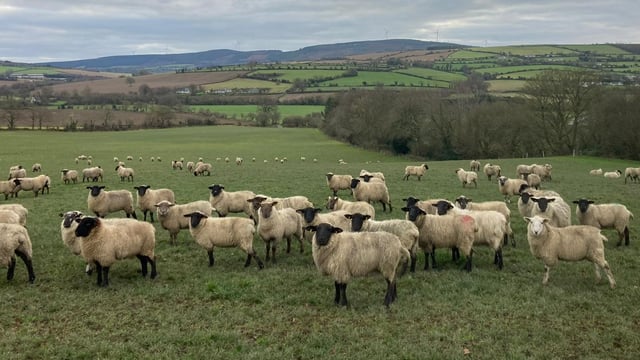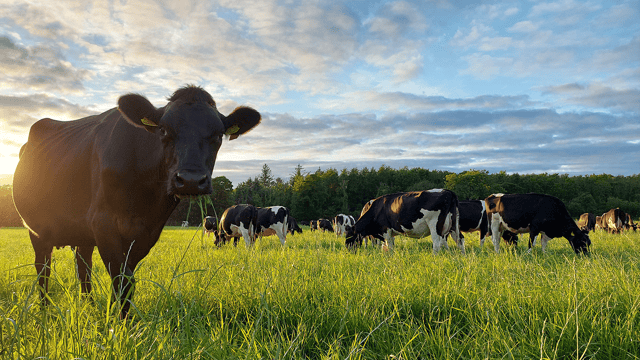Up to €3 extra profit/cow to be earned for every extra day at grass
Autumn grazing is when farmers put their grass and grazing management to the test.
Grass is hugely valuable in the autumn, and every day extra at grass and out of the sheds getting closer to the winter means extra volume and solids in the tank while saving on fodder, labour, and extra costs associated with housing.
During this time of year, dairy farmers need to do all they can to ensure their cows stay out at grass for as long as possible without impacting on grass supplies for next spring.
We are getting closer to the start of September, and it is important to remember that potentially 25% of the total grass growing season for 2025 is still remaining, if cows are successfully grazed up to the end of November.
Some farm set-ups and systems will be unable to stay out for that long, but there needs to be an effort made in maximising the grass growing season by attempting to extend your grazing season.
Extra days at grass
In order to achieve these extra days at grass, farmers must meet their grazing targets for the remainder of the year.
The first target is to build grass supply in order to extend the grazing season into early November, and then to make sure the farm is closed with enough grass supply for the spring of 2026.
Extending the number of days your cows are out at grass will help reduce your feed budget costs, as you will not be feeding as much concentrates and silage.
When you take into account the extra labour involved with housing, along with the electricity, oil for scrapers, and diesel for tractors feeding, extending the grazing season really does keep down costs and simplifies the operation.
Every extra day at grass in the autumn is worth approximately €3/cow/day, according to Teagasc, which may make a huge difference in profit come the end of the year.
The autumn grazing targets for a farm with a stocking rate of 3.0 livestock units (LU)/ha are as follows:
| Date | Cover/cow (kg DM) | Average farm cover (kg DM/ha) | Rotation length |
|---|---|---|---|
| September 1 | 330 | 990 | 30 days |
| Mid-September | 350 | 1,050 | 35 days |
| October 1 | 370 | 1,100 | 40 days |
By November 1, 65% of your grazing platform should be closed and in order to achieve an average farm cover (AFC) of 650-800kg DM/ha, depending on your spring demand.
By now, the whole milking platform should be available to all of the milking cows, and any young stock should be moved to out farms if possible in order to maximise the amount of grass available to the cows.
Farmers who do not achieve these targets this autumn can see increased supplement costs of €100/cow and it is the same scenario for farmers who are overstocked.
If AFC is behind target, farmers should supplement with silage or meal to help build covers over the coming days. Silage will be more effective in replacing grass in the diet.
Feeding two 800kg bales of silage with a 30% DM to 100 cows each day will provide about 4.8kg DM of the cow’s intake and the other 2-3kg DM can be made up of meal.
Farmers should consider re-introducing the strip wire if cows are going through grass too quick, as this will ensure decent post-grazing residuals and help build covers.





